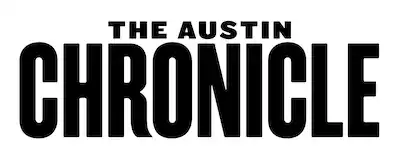https://www.austinchronicle.com/news/2010-04-30/1022396/
City Counciling: City Budget Preview
Not great, could be worse
By Wells Dunbar, April 30, 2010, News
The city faces an $11.4 million gap between estimated revenues and expenses to the city's General Fund, the money covering city services like public safety, parks and recreation, libraries, and social services. That gap, moreover, is predicated on increasing property taxes to the "rollback" rate – a jump from 42.09 cents per $100 of valuation to 47.21 cents, the highest tax increase permissible without a special election to OK further increases. If the city instead stays at the "effective" rate – which garners roughly the same amount of money as the previous year – the chasm widens to $28.1 million.
However, as most of the speakers pointed out at last week's presentation to City Council, in this economy, an $11.4 million shortfall isn't nearly as bad as the funding conundrums facing many other cities – or nearly as bad as last year's budget forecast, which foresaw a $30 million budget gap even at the rollback rate. Indeed, Austin's economy was lauded as one of the strongest in the country, despite being saddled with the same trends affecting the rest of the economy – lagging job growth and stagnant real estate development, especially with an overbuilt commercial and office space market. All in all, the municipal budget "is an easier conversation in Austin, Texas," said Jon Hockenyos, president of economic analysis firm TXP.
The projected $654.7 million in General Fund expenses was crafted with several "expenditure assumptions" in mind: 3% raises for public safety responders, as previously negotiated with police, fire, and EMS employees, but also a 2.5% raise for the rest of the work force. It also earmarks funds for council priorities, like a transition to four-person staffing on fire engines – a safety standard – and money to implement the recently passed "no kill" plan for Austin's animal center.
Of course, these numbers are in flux; as is emphasized every year regarding the forecast, it's "the view from 30,000 feet," said budget officer Ed Van Eenoo. He also emphasized that the estimated rollback rate of 47.21 cents is very fluid, as it is based on the Travis County Appraisal District's estimated tax roll; in a down economy, TCAD expects the number of appraisal protests to rise, meaning the final, certified tax roll might not be completed until late July or August.
While a smaller gap than last year means less to fill, it's still cause for concern. During the fiscal year 2009-10 budget process, City Manager Marc Ott made much of structural, sustainable cuts – losing unfilled positions, searching for efficiencies, and the like – meaning there's less fat than ever to trim, at least from the General Fund. Ott raised these issues at the onset of the presentation, saying it may be necessary to downsize or do away with existing city programs to pay for any new ones.
Property Tax Rates: The Basics
Effective tax rate (estimated rate needed to bring in the same amount of money as last year) 42.09 cents
Projected shortfall at effective rate: $28.1 million
Rollback tax rate (estimated maximum allowable rate increase without an election) 47.21 cents
Projected shortfall at rollback rate: $11.4 million
Copyright © 2025 Austin Chronicle Corporation. All rights reserved.
